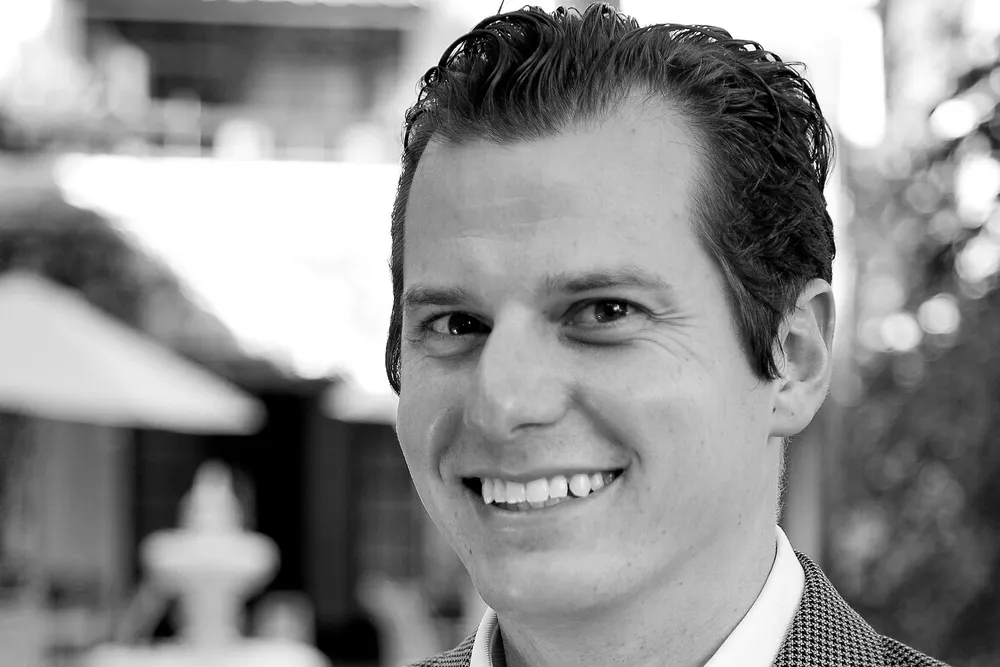'Where in the world are the most profitable wind projects?'
OPINION | The profitability of wind farms across several countries publicly providing project-level annual production data varies in relation to both wind resources and generosity of support, writes Philip Totaro

Profitability in the renewable energy sector has been at the front of mind for most in the past few years. But in order to analyse it, something must be known about the annual energy production (AEP), the power purchase contract prices, capital costs, operations and maintenance costs as well as other commercial factors which influence the project pro-forma for all the projects in operation.
To date, there are only seven countries in the world which publicly report project-level annual wind energy production data. Specifically, the USA, Turkey, Denmark, Switzerland, Australia, the Dominican Republic and Brazil all provide at least annual data, with some publishing even more. Of these countries, Brazil leads by a wide margin, due to their exceptional wind resource as well as the combination of wind turbine OEMs and asset owners who have been able to exploit it.
However, when measuring actual performance against expected power output, known within the industry as the P50/P75/P90/P99 performance ratings, a different picture begins to emerge.
In the US, most projects have a healthy operational profile in the first 10 years of asset life and their performance gradually degrades over time. When looking at the performance ranking of all assets by age, there is a notable reduction in the health of a fleet of wind turbines which are installed in a specified time-frame. This might be an expected outcome as any piece of industrial equipment will degrade over time as the components wear out. Most countries follow a similar trend, with both Brazil and Denmark’s wind turbines exhibiting a similar behaviour.
Australia appears to stand out thanks to a wide variation in maintenance practices across the installed fleet. Whereas some asset owners who are keen to see a financial return will rely on the wind turbine OEM for maintenance, others in Australia have just allowed their projects to spin, only relying on outside help for maintenance when major inspections are required. This has resulted in some projects which are close to 20 years old still showing the same average performance they had when the project was first commissioned while some recently installed projects under-perform.
But, besides asset performance benchmarking using AEP data, some of these same countries have published other commercial data which allows for a comprehensive asset profitability benchmarking. Only five of the seven countries which publicly publish AEP data also publicly publish pricing data, whether it is for a wholesale market or fixed price power purchase contracts with utilities or corporate power offtakers.
The results clearly show a strong correlation between both capacity factor and power purchase contract prices as it relates to the profitability of the wind turbines in their respective countries. Turkey actually leads in profitability, albeit with a more modest net capacity factor compared to other countries. They were able to achieve high profitability through heavy subsidization via a feed in tariff which incentivized domestic content production. As a result, many wind turbine OEMs were happy to take advantage.
Brazil is next with moderate to low power purchase contract prices, but also high capacity factors across most of their market. Because of this, they are one of the few countries where almost all asset owners are able to achieve a net positive return on capital for their project portfolios.
The US has a more modest profitability across the entire installed base, with most of the mainstream OEMs hovering around the market average of US$1/MW of net profit for each MW installed. Projects in the USA using legacy Senvion wind turbines actually show a very healthy return for their asset owners thanks to extremely high priced power purchase contract prices in California, even though their performance has degraded over time much like the rest of the country.
Australia is still scaling their installed base, and with that comes a wide variation in asset profitability. While GE dominates the market, it is due to several projects in New South Wales and Queensland which benefit from a higher that usual power purchase price, coupled with reasonable performance. Enercon shows poor performance due to some project sites using refurbished turbines from Germany and the Netherlands. Similarly, Nordex shows poor performance due to “teething issues” with the Mount Gellibrand and Mortlake South projects.
Switzerland, which only has 41 operational wind turbines to date, also lags behind the rest of the world. However, the asset owners who have a legacy project with a power purchase contract price around US$100/MWh have still seen fairly reasonable returns. Switzerland suffers from a fundamental lack of wind resources, which has resulted in so few projects being built.
One thing becomes clear when further analysing the average time-frames for asset payback in these countries – those with the best profitability also have a shorter time-frame to achieve a net positive return on capital.